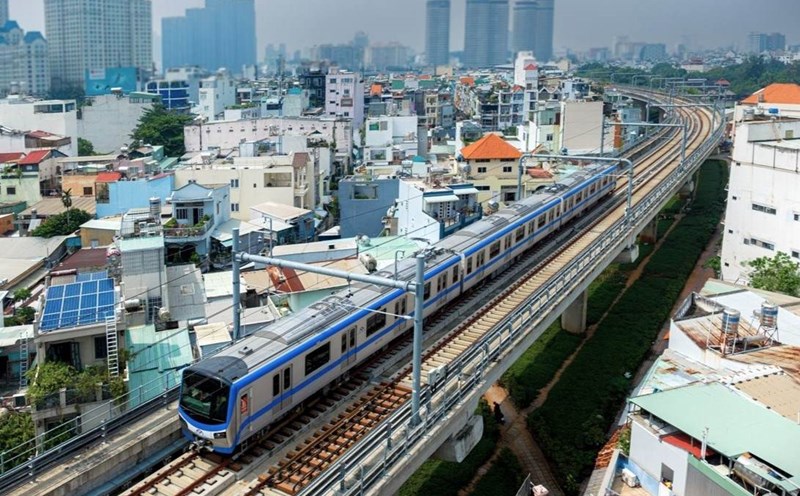The European Union (EU) is accelerating its path to "exit Russia" in the energy sector, with a plan to comprehensively ban pipeline gas and liquefied Russian LNG before 2027. However, analysts warn that this move could push gas prices in Europe up to $500/1,000 m3 in the short term, increasing dependence on LNG from the US and Qatar.
Speaking to TASS news agency, Sergey Kaufman from financial analytics firm Finam said: "The impact on prices will depend on many specific factors, but if the EU completely bans Russia's LNG, gas prices could increase to nearly 500 USD per 1,000 m3".
In the long term, Mr. Kaufman believes that prices could stabilize around 250-300 USD/1,000 m3, because the global LNG market could have a supply glut in the next few years thanks to new projects from the US and Qatar.
However, the biggest risk is the possibility of shortages in the transition period, when the EU abandons stable supplies from Russia but has not yet been able to completely replace them with other sources.
In the latest statement, the European Commission (EC) said it would ban all new gas purchases from Russia, including spot contracts, before the end of 2025. With signed contracts, the plan is to stop all before the end of 2027.
Notably, the EC is seeking to legalize unilateral termination of gas contracts with Russia through sanctions - considered an irresistible condition for European companies to avoid being fined.
In-kind contracts now account for only about a third of all Russian gas sold to the EU, Kaufman said. However, a complete cut in Russian supply is unlikely in the near future, as some member states still rely heavily on Russian gas.
Kaufman said that the comprehensive ban on gas via pipelines would face opposition from Hungary and Slovakia - two major contributors to Russian gas today and would always hold a stance of not completely cutting off Moscow.
Therefore, he predicted that the EU could create a technical rule for these two countries if the ban was passed.
Meanwhile, with Russian LNG, the main customers are France, Belgium, Spain and the Netherlands - countries that support stronger sanctions on Russia and have the flexibility to seek alternative sources.
According to Finam experts, if the EU abandons Russian LNG, it will have to sharply increase LNG imports from the US and Qatar. With demand from China not rising dramatically, this shift is feasible, but will make Europe more dependent on the US in the long term.
If the geopolitical situation does not improve, the transition from Russian LNG could be prolonged to avoid market volatility, Kaufman stressed.
Despite the goal of "exposing Russia" from 2022 with the RE PowerEU program, EU gas purchases from Russia will increase again in 2024.
By 2022, the EU will import about 40% of its gas from Russia. By 2023, this number had dropped sharply to 15%, but by early 2024, it had increased to nearly 19%, causing Brussels to be criticized for " saying one thing at a time, doing another".
According to Eurostat data, in 2024, the EU spent 7.6 billion euros on pipeline gas from Russia, almost equivalent to 2023 (7.9 billion euros). Russian LNG alone accounts for 7.2 billion euros in total import turnover, down slightly from 8.1 billion euros the previous year.











